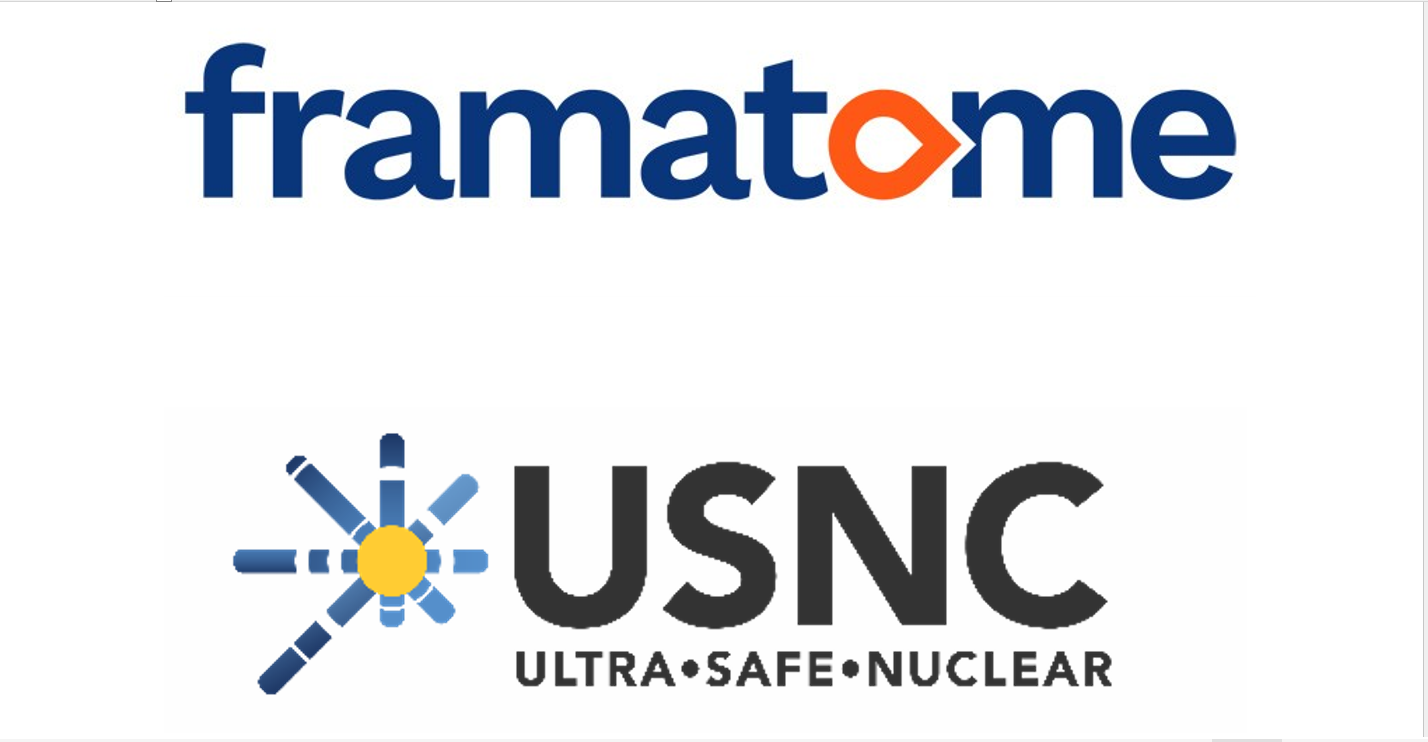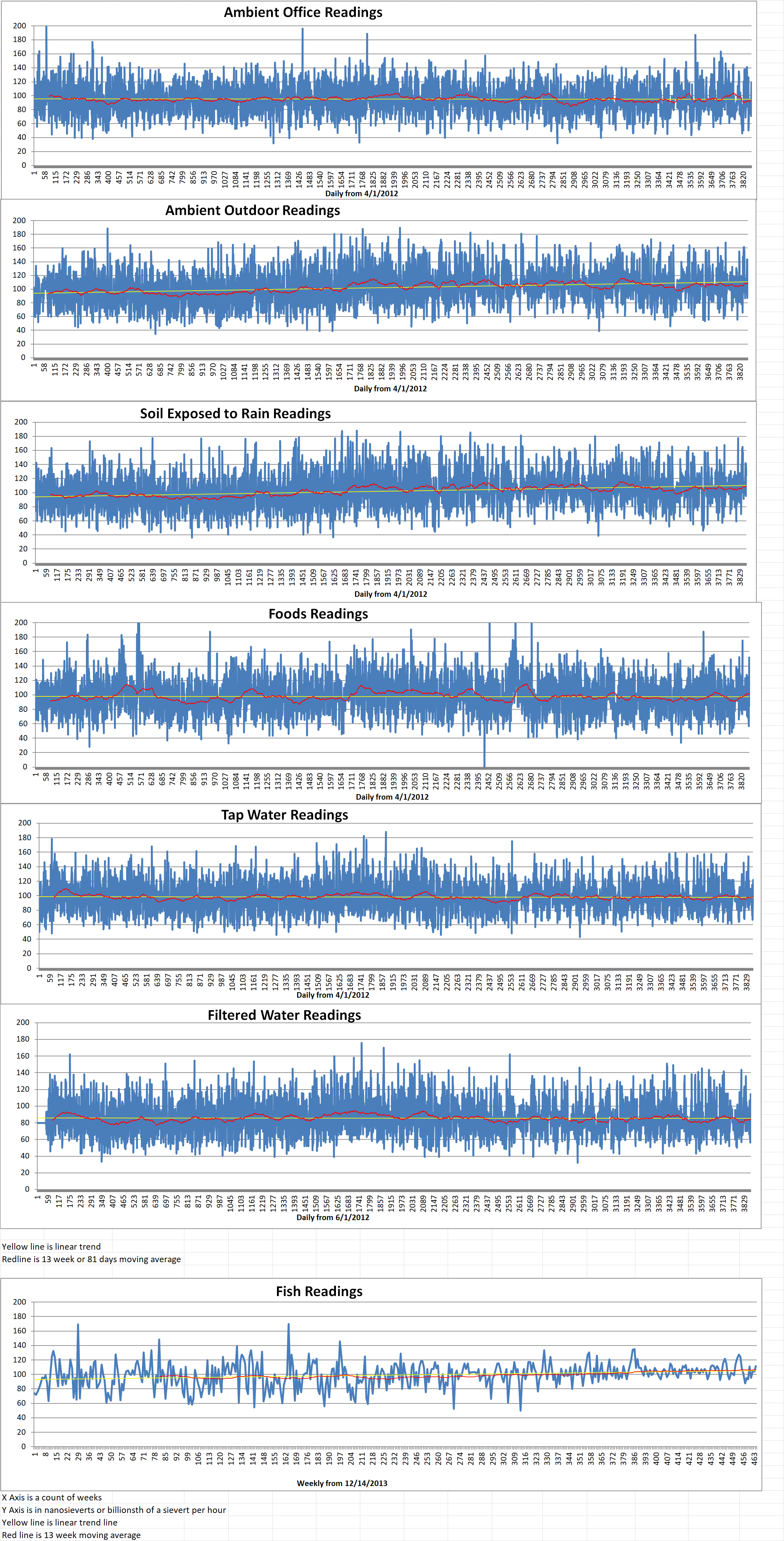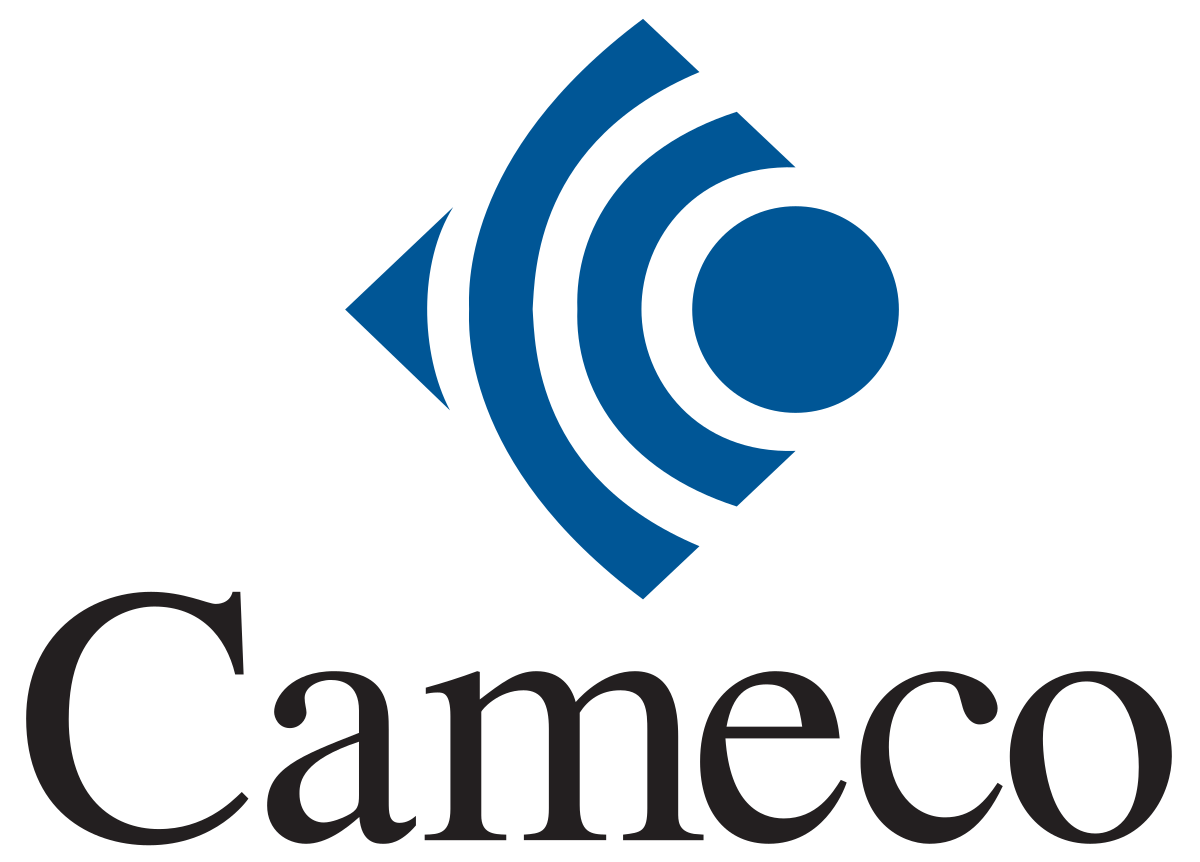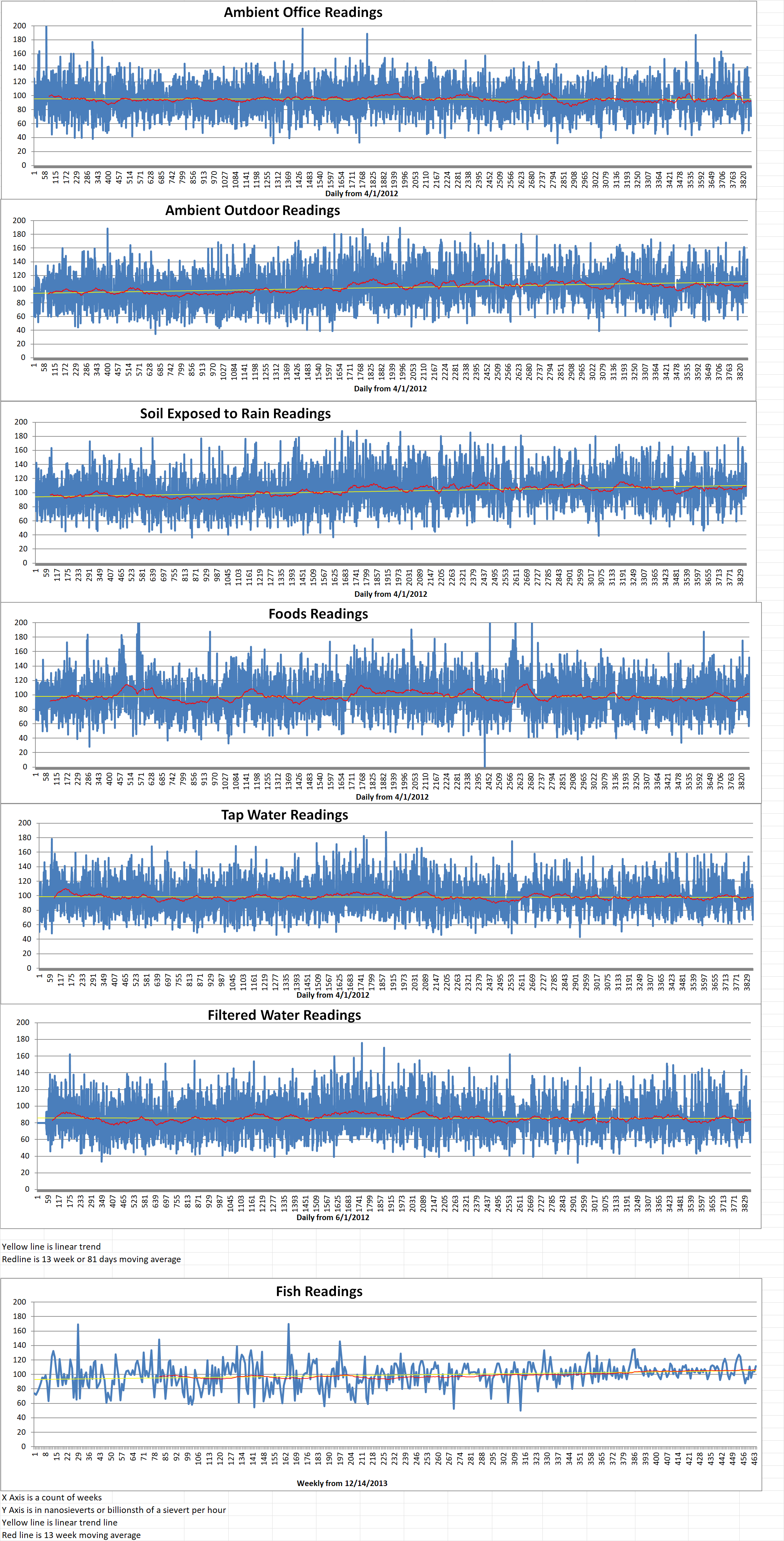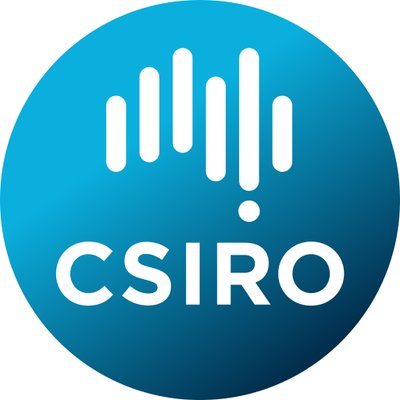The Canadian Nuclear Safety Commission (CNSC)’s has authorized a 20-year renewal of Cameco Fuel Manufacturing’s (CFM) operating license for the facility at Port Hope in Ontario. The new license also includes an raising of the plant’s annual production limit.
CFM is licensed to produce uranium dioxide (UO2) fuel pellets and nuclear fuel bundles. Natural UO2 powder is pressed into pellets and fitted into zirconium tubes. The tubes are then assembled into fuel bundles. This facility has been in operation since the late 1950s. Cameco assumed ownership of the facility in 2006 through the company’s acquisition of Zircatec Precision Industries Inc. in 2008. Zircatec was renamed Cameco Fuel Manufacturing following the acquistion. The new twenty-year license provided the regulatory stability that was needed to allow the facility to safely provide this important nuclear fuel for the next two decades.
CNSC granted the new license after a public hearing which was held in November of 2022. The renewal authorizes CFM to possess, transfer, use, process, import, package, transport, manage, store and dispose of the nuclear materials that are needed for, associated with, or arise from CFM’s activities. The new license is valid form March 1st, 2023 until February 28th, 2043. At that point, CFM may request another renewal. Regulatory oversight meetings and compliance verification activities must be carried out annually. The renewed license also requires CFM to carry out a comprehensive mid-way operational performance review by 2033 at the latest.
As part of license renewal process, CNSC has also authorized the increase of the plant’s annual production limit to one thousand six hundred and fifty tons of uranium (tU) in the form of UO2 pellets. This is about twenty-four percent higher than the limit set in the current license. The increase matches the capacity of the current plant equipment. This means that the facility would be allowed to operate at one hundred percent of its existing capacity. CFM stated that it does not expect to reach this capacity in the near future. However, the increase in licensed capacity will give it additional capability to “to respond to increases in customer demand created by the global and Canadian transition to net zero” in the global fight to reduce carbon emissions.
Dale Clark is the Vice President of Cameco Fuel Services Division. He said, “The 20-year license term reflects the strength and robustness of Canada’s regulatory framework and the strong safety and environmental performance of CFM’s operation. We are also grateful to the community and all the intervenors who showed their support for CFM.”
Last year CNSC granted a request from Cameco for a one-year license renewal for the facility which will run until February 28th of this year. This was done to avoid a clash with licensing activities for the company’s Blind River Refiners (BRR). The BRR had been scheduled for licensing during the same time period.
The Port Hope facility is located on the traditional territory of the Wendat, Mississauga, Haudenosaunee, Anishinabek Nation, and the territory occupied by the Williams Treaties First Nations.


